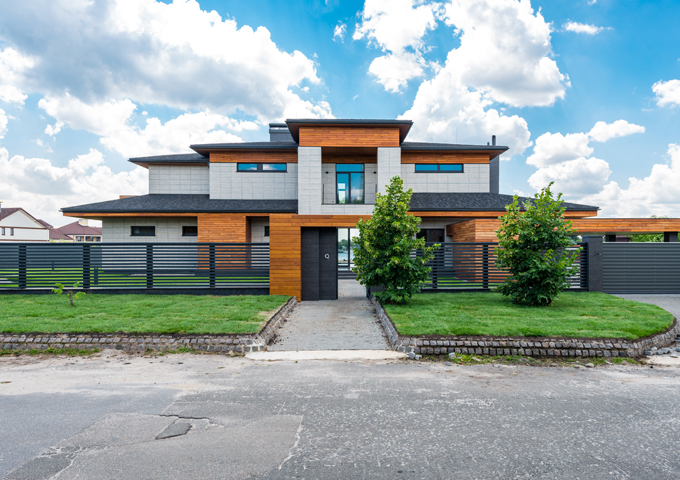Effective Ways To Secure A Building
Know what your risks are
Make a list of the risks around the premises and have this on hand. Review and update it regularly when there are changes. Consider all potential risks relating to people, the location, and even possible impact from the weather. When you have your list, create a plan that addresses these risks and implements security measures.
Secure the area around your property
Make sure that the perimeter of your property provides protection for your building. There might be a wall or fence around your property. This is your first line of defence and it reduces access to your building. You can enhance the wall or fence with anti-climb paint or wall toppers. If your building has a flat roof, make sure it is not easily accessible. You can install outdoor lights or leave interior lights on to increase security.
Signs
Effective signage is a good method of deterring undesirable visitors. Your signs should clearly state that your property is strongly secured. Place these signs in multiple strategic places around your property so your message is clearly conveyed.
Access Control
Check every point of entry to your property. Reduce the number of entry points for better control over your property access. Enhance your system of access control so you can monitor and have better control over who has access to your building and which areas they can access. If you have a lot of visitors, this becomes all the more critical. Improved access control does not necessarily have to be high-tech. Just carrying out more stringent access procedures can often ensure that no one is where they should not be.
Key Control
If building access is not controlled by a digital access system, then you need a stringent system of keeping track of the owners of keys. Restrict key ownership to only the essential and trustworthy people who need building access. It is a good idea to do a routine audit of keys to make sure that the people of record are still the ones holding the keys.
Security Guards On-Site
From a legal standpoint, security fence panels on the premises provide the most effective protection from a potential crime. The guard is an effective deterrent and can prevent unauthorised access. If there is an attempt of an intrusion, the guard can respond to it quickly. If the intruder was successful in gaining entry, the guard can provide the best evidence to the authorities so they can take quicker action in pursuing the criminal.
Security Alarms
A security alarm or motion detection system can set off an alarm when there is an unlawful entry to the building. The alarm can be set to trigger by anyone opening an armed door or window or entering a restricted area. Cameras can be connected to the security alarm system which can alert the police or a security company that an intrusion was attempted or has taken place.
Local Community
Get to know your neighbours. Talk with them and cultivate a relationship with them so they will watch over your property when you are not around. Encourage them to take notice and report any questionable activity occurring around your property. Provide them with instructions on where to report this activity and the appropriate contact information. In general, most types of intrusions are reported by people who live or work in the area.
Training Employees
Make sure that your employees know what your company’s security standards and practices are. This can prevent any security breaches caused by human error, carelessness, or intentional actions out of malice.

